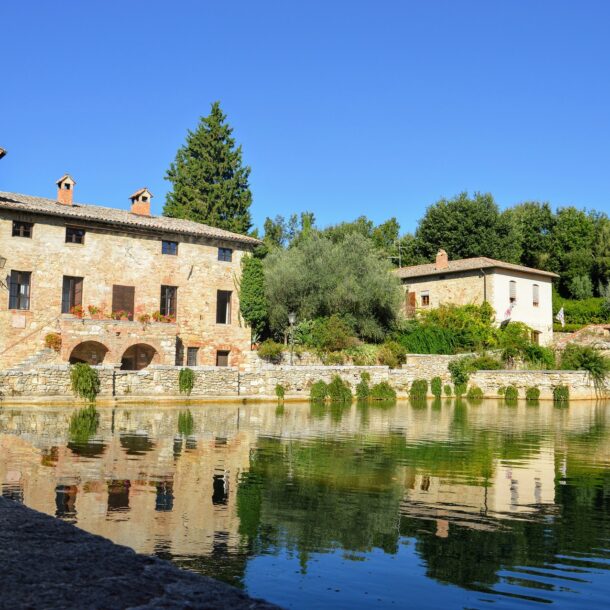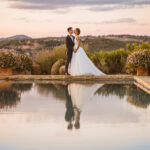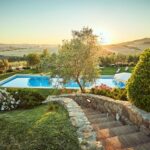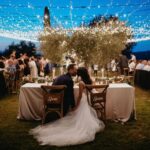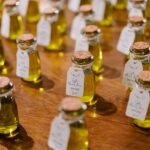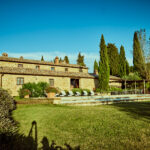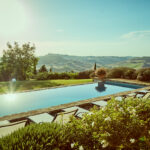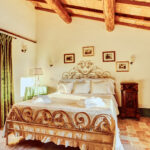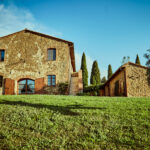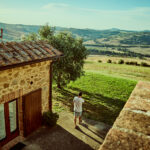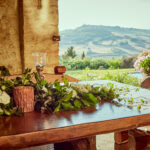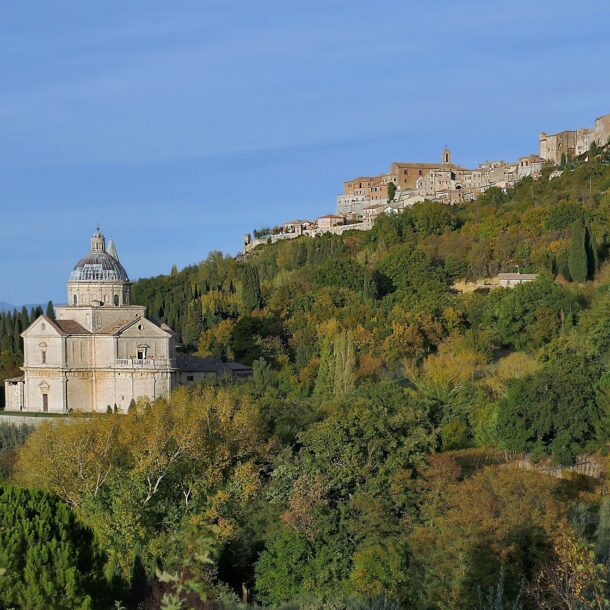
San Quirico d’Orcia
Of Etruscan origin, it got its importance thanks to the closeness to the Via Francigena. Frederick I, also known as Barbarossa, received there the ambassadors of Pope Adriano IV in 1154. This event is commemorated with the “Barbarossa Festival”, which always takes place on the third Sunday of June. In 1167 it became the seat of the Imperial Vicariate. Florence, under Cosimo I de’ Medici, acquired it in 1559.
The church “Collegiata die Santi Quirico e Giuditta” was built in Romanesque style: it has three portals and the one placed in the center is accredited to Giovanni Pisano. Inside there is a work by Sano di Pietro and a choir from 1432-1502, while Palazzo Chigi dates back to the 17th century. The “Horti Leonini” (16th century) is one of the first examples of an Italian garden: from August to October, it hosts the sculpture exhibition “Forms of Green”.
The Romanesque Pieve of S. Maria Assunta was built on the ruins of a pre-Christian temple. Inside the church of S. Francesco there are two polychrome wooden statues and a Madonna Robbiana. The district of Bagno Vignoni has been known since Roman times for its beneficial waters, which exceed the temperature of 50°C (122°F) and are recovered in the thermal bath, in the center of the village, giving the place a fascinating atmosphere. A small sanctuary has also been dedicated to Santa Caterina of Siena, under the portico on the side of the tub.
The Castle of Vignoni is located above the residence and can be reached on foot from both San Quirico and Bagno Vignoni along a natural path.
WHERE WE ARE
Villa Apparita
Monticchiello
53026 Pienza (SI) Italy
Cell. +39 338 8636834
info@villaapparita.itCONTACTS
Mobile: +39 338 8636834
Mobile: +39 335 6298297
info@villaapparita.it
Social: Facebook | Instagramour venues
Gallery


